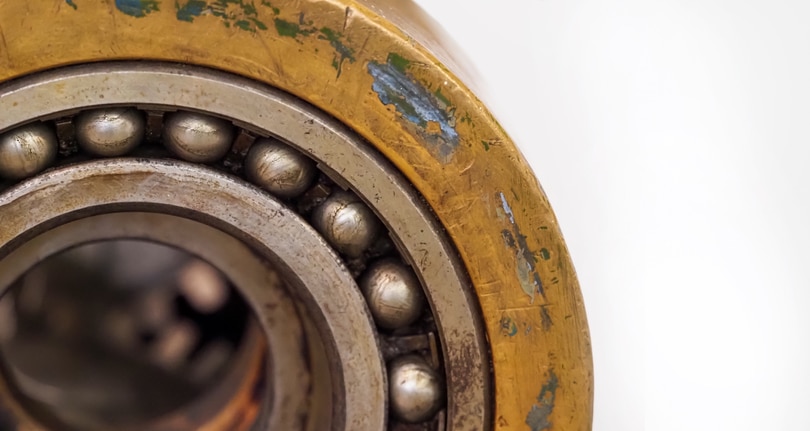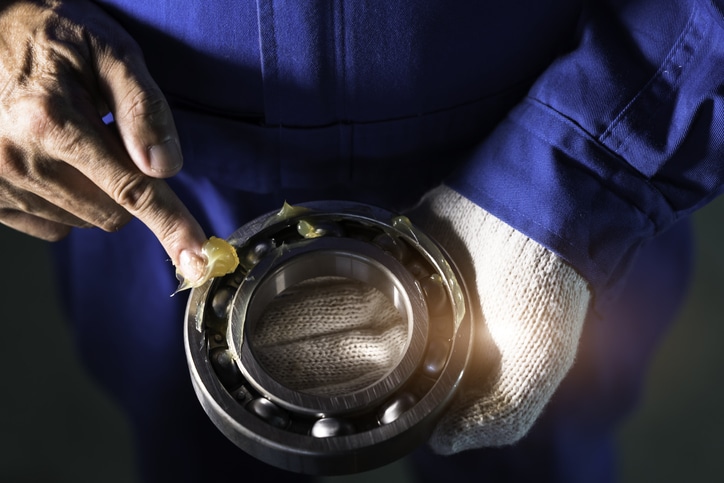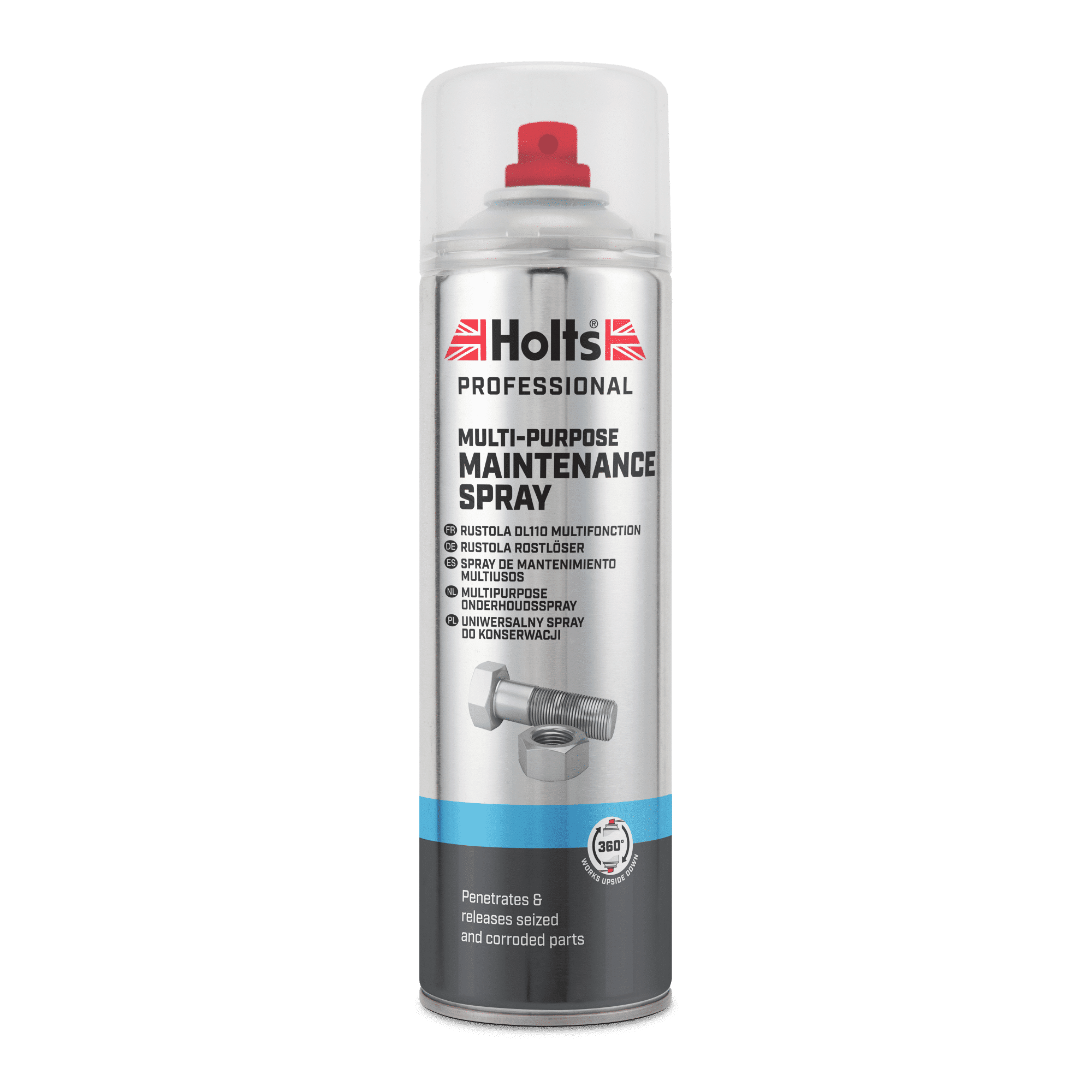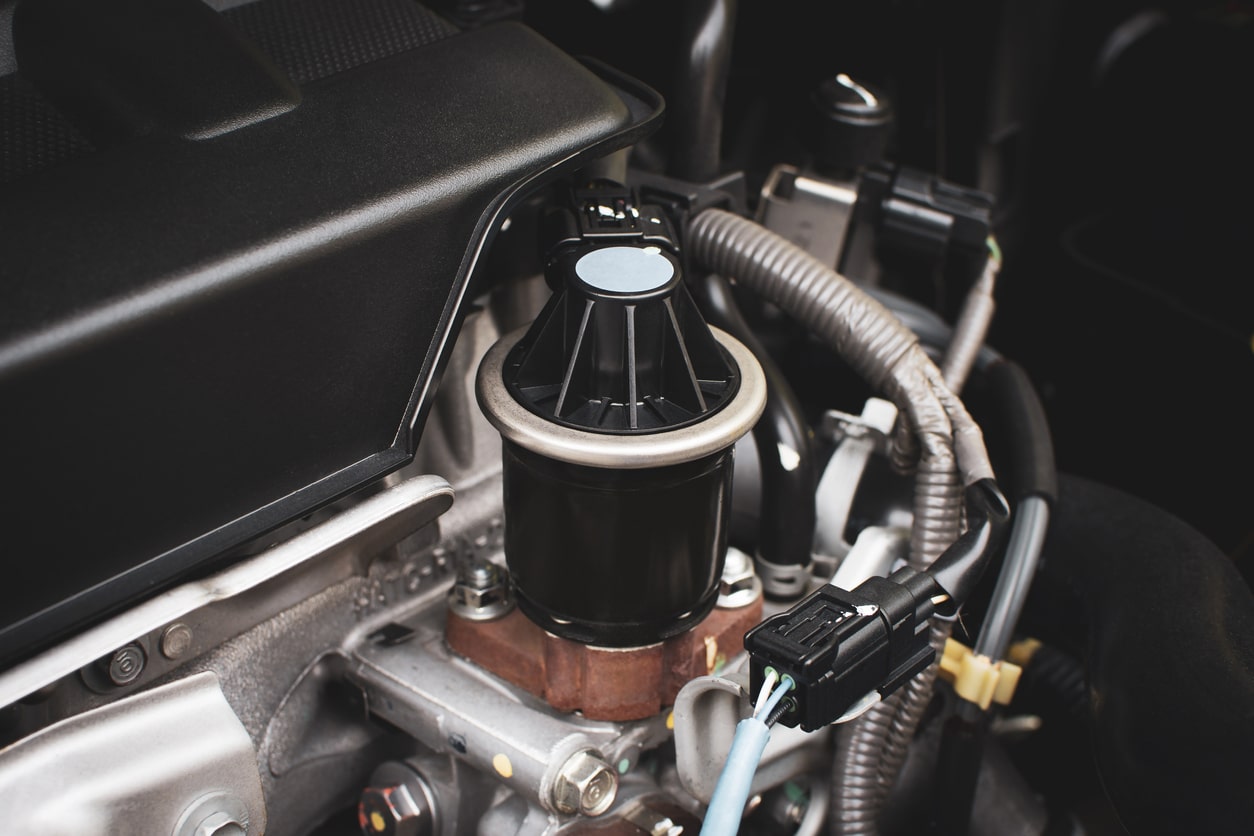Suspect that your car is suffering from a faulty wheel bearing? Our guide can help you check and diagnose the problem, and decide if and when it’s still safe to drive.
Use the links below to find the information you need or read on below for our full guide to wheel bearings issues.
Quick Links
- Can you drive with a bad wheel bearing?
- How to tell which wheel bearing is bad while driving
- What happens if a wheel bearing fails while driving?
- How to check wheel bearing
- How much does it cost to replace a wheel bearing?
Can you drive with a bad wheel bearing?
You can still drive with a bad wheel bearing, but we wouldn’t recommend it for long distances. Keep your mileage to a minimum and look out for worsening symptoms of a wheel bearing fault; we cover the symptoms to check for later in this guide.
Continuing to drive on a bad wheel bearing can lead to extensive and critical damage which will be significantly more expensive to repair than a simple bearing re-grease and service. And in the worst cases, the damage from a faulty bearing that goes untreated can prove impossible to fix, particularly if it contributes to corrosion of surrounding components and the axle.
If you’re aware that there’s an issue with your car’s wheel bearing, it’s best to take it straight to a mechanic for a full diagnosis and repair. Often, it may just be a case of relubricating the ball bearings within the assembly before repacking them, which is significantly simpler to put right than the alternative.

How to tell which wheel bearing is bad whilst driving
If you suspect you have a wheel bearing fault but aren’t sure which side of the vehicle is affected, there’s a safe and simple test you can use to check. Our step-by-step guide below can take you through how it’s done…
- Start by finding a quiet and flat stretch of road. This test requires you to turn the steering wheel in opposite directions successively, so you’ll effectively be making the car weave. That’s why it’s important to be aware of your surroundings and find a place to perform the test safely with minimal obstacles.
- Wind down both front windows. That way, you’ll be able to listen out for any tell-tale noises coming from the faulty left or right wheel bearing.
- Start driving slowly and turn the steering wheel from side to side. You’re looking to weave the car in both directions simultaneously, so you can compare the two and identify the exact point at which symptoms are occurring.
- Listen for noises and be aware of how the steering wheel feels. Unusual noises, looseness and play in the steering wheel, and a wobbling sensation could all indicate a wheel bearing failure when you turn the car left or right.
Once you’ve performed this basic wheel bearing test, you should have a better idea of where the problem is. Then, it’s a case of diagnosing the front or rear wheel on the side in question.
To do that, you’ll first need to jack up your car so that both wheels are off the ground. We would strongly recommend using service ramps for this to ensure you can carry out the following checks safely.
When the car is elevated and in place, take hold of each wheel in turn and wiggle it backwards and forwards, side to side. If there is any play in the wheel, it feels wobbly or loose, or an unusual noise accompanies some minor movement, then you’ve found the problem wheel.

What happens if a wheel bearing fails while driving?
Suffice to say that should a wheel bearing fail completely while you’re out on the road, it isn’t a pleasant experience.
As you’ll know from our car maintenance glossary, bearings allow the wheels to turn freely without generating huge amounts of heat. If a bearing were to fail, the wheel can seize up altogether, resulting in catastrophic damage and the potential for a serious incident. Indeed, in the very worst-case scenario, a failed bearing can cause the wheel to rip away from the car entirely.
Given the damage that can occur as a result of a failed wheel bearing, not to mention the dangers, this further reinforces the importance of getting those bearings checked and repaired the moment you realise there’s a problem.
What are the symptoms of a failing wheel bearing?
Need to recap the signs of a failing wheel bearing? Here are the symptoms to watch out for while you’re driving, particularly when turning corners:
- Unusual noise when driving in a straight line and cornering: Humming, squealing, grinding, and growling are all sounds associated with a failing bearing.
- Excessive play in the steering wheel: Noticed a change in how your car handles? It could be a sign of a faulty bearing.
- Wheel wobble: Raise your car and try to move the wheels. If there’s any movement, this could be a sign of a failing wheel bearing.
- Car pulling to one side: If your car no longer tracks true in a straight line, this indicates friction in a wheel bearing.
- Vibration in the steering wheel: Any change in how the steering wheel feels and performs could be a sign of a faulty bearing.
- Uneven tyre wear: If a mechanic discovers uneven tyre wear, further investigations may unearth the early stages of a wheel bearing issue.
How much does it cost to replace a wheel bearing?
The cost of a wheel bearing replacement in the UK is roughly £150-£300, dependent on the make and model of your car and a mechanic’s labour costs. The good news is that you don’t need to replace all wheel bearings at once if the other three remain in a safe and serviceable condition.
Typically, wheel bearings have a lifespan of around 85,000 to 100,000 miles, so if your car is approaching these kinds of figures, it’s important to keep an eye on the tell-tale signs of a bearing in decline.
Replacing all of your car’s wheel bearings might cost an eye-watering sum, but it’s guaranteed to be a lot cheaper than repairing the damage should a bearing fail.
Confident in car maintenance DIY? Lubricate and service your car’s wheel bearings with Holts Multi-Purpose Lithium Grease. Trusted by professionals, it reduces friction and wear in all moving parts, even those that work under extreme pressure. For more top tips and advice, read the Holts blog or visit our help and advice centre.




